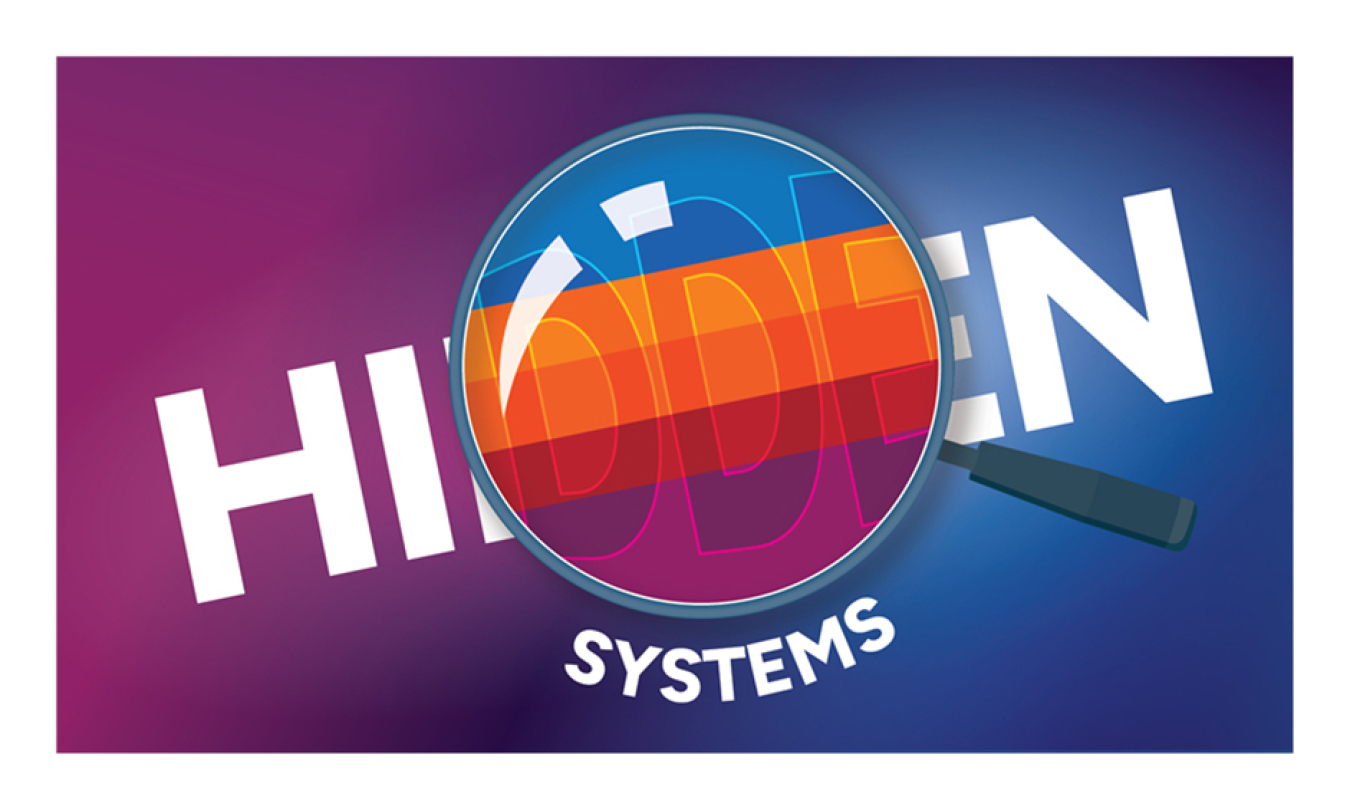The Hidden Systems initiative addresses the importance of discovering hidden geothermal systems, or geothermal sources without obvious markers—like hot springs—on Earth’s surface. This initiative sponsors integrated research, development, and deployment focused on moving hidden resources through the phases of project development where risk is highest: pre-survey, exploration, and test drilling. These phases strongly influence a developer’s accuracy in well targeting and the probability of success during more advanced drilling phases. Improving exploration has a direct impact on reducing overall development costs and accelerating geothermal deployment.
Two key projects in GTO’s Hidden Systems portfolio are the Innovative Geothermal Exploration through Novel Investigations of Undiscovered Systems (INGENIOUS) project and the Basin and Range Investigations for Developing Geothermal Energy (BRIDGE) project. Both projects build on the successes of GTO’s earlier Play Fairway Analysis (PFA) initiative, which employed a PFA methodology used successfully in the oil and gas industry for decades to accurately target economically viable geothermal resources in Nevada, Idaho, Washington, and Hawai’i.
The INGENIOUS project seeks to accelerate discoveries of hidden systems across the broader Great Basin region in Nevada and other western states and create a comprehensive guide (including predictive geothermal maps) for geothermal operators and future research teams. INGENIOUS makes its data and modeling publicly available to encourage further research and development in geothermal energy and supportother projects that use subsurface data, including mineral resource assessments and carbon sequestration projects. The team uses open-source databases to organize this information; providing numerous online features including a complementary, public-facing web mapping app that allows users to visualize, filter, and export data in an easy and accessible way.
The BRIDGE project seeks to advance the identification and development of hidden geothermal resources in the Basin and Range province of the Western United States using the new technology HeliTEM™, a helicopter-borne transient electromagnetism system. With this novel method, the BRIDGE project team has successfully completed the first two steps of its workflow: conducting further assessments of the target areas, including collecting new geophysical data, and designing and executing on the HeliTEM™ resistivity survey to detect shallow outflows of deeper geothermal systems and image the depth. These data will be used to refine models and guide future drilling programs.
GTO’s Hidden Systems work builds on its PFA initiative, conducted from 2015 to 2020. The GTO PFA initiative sponsored research and development to adapt PFA techniques from the oil and gas industry to the geothermal industry.
PFA is a technique that targets the identification of undiscovered or “hidden” hydrothermal systems by incorporating the regional or basin‐wide distribution of known geologic factors that control the occurrence of a particular species in geothermal systems.
By conducting PFA in unexplored or underexplored regions, or by using new play concepts in basins with known geothermal potential, GTO investments quantified and reduced uncertainty in geothermal exploration—ultimately yielding a potential 30 gigawatts of additional power from energy hidden deep in the Earth. That highly successful effort yielded many favorable prospects that will require further study to unlock potential.
As part of a call for laboratory projects focused on imaging the subsurface, GTO funded Sandia National Laboratories to evaluate a stratigraphic geothermal resource in Steptoe Valley, Nevada. The project, “Understanding a Stratigraphic Hydrothermal Resource – Geophysical Imaging at Steptoe Valley, Nevada” , uses both new and established geophysical imaging techniques, or techniques used to model and monitor changes in the subsurface in 2D or 3D). The stratigraphic reservoir in Steptoe Valley was first discovered during oil and gas exploration, and GTO previously examined the area more closely for potential resource targets in the basin as part of its Play Fairway Analysis initiative.
Value of Geophysical Imaging
The northern Steptoe Valley project demonstrated that geophysical imaging―particularly gravity, reflection seismic, and magnetotelluric (MT) surveys―improved subsurface characterization to facilitate conceptual modeling and initial reservoir analyses. It also determined that this these types of imaging are most effective if coupled with geological and geochemical—surface and borehole—studies.
New Data Enhances Exploration Methodology
This study generated additions to the Geothermal Data Repository in the form of newly acquired data in the studied area and select modeling efforts, including a 3D geological model (inclusive of full Leapfrog files, Leapfrog viewer files, and XYZ-format data for faults and stratigraphy) with embedded geophysical modeling, controlled-source electromagnetic and MT data packages, aqueous spring geochemistry data, seismic reflection interpretations, and a gravity data package. The geophysical tools, interpretations, lessons learned, and publicly available data generated by this study establish an exploration methodology that can inform decisions for successful development of stratigraphic reservoirs.
The Geothermal Technologies Office (GTO) is supporting a Partnership Intermediary Agreement (PIA) in 2025 for field data collection, including geophysics and exploratory drilling. This funding will support regional partnerships to advance geothermal resource assessment and exploration, improve engagement, and help build a pipeline of energy projects. Visit the PIA website to stay updated through the ConnectWerx Network and/or the PIA Teaming List.
The Play Fairway Analysis, Hidden Systems, and Regional Partnerships for Geothermal Data Initiatives are part of GTO’s Hydrothermal Resources Program activities. Learn more about these efforts and GTO Priorities.
The GTO e-newsletter brings funding opportunities, events, publications, & activities directly to your inbox.


